Synology DS1520+ is the sweet spot for a home NAS and a private cloud
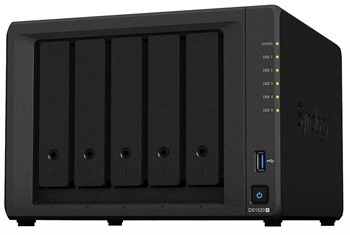 My long love of Synology products is well-documented. I checked my Amazon history, and I bought my Synology DS1511+ NAS in May of 2011! I have blogged about the joy of having a home server over these last nearly 10 years in a number of posts.
My long love of Synology products is well-documented. I checked my Amazon history, and I bought my Synology DS1511+ NAS in May of 2011! I have blogged about the joy of having a home server over these last nearly 10 years in a number of posts.
- I setup a home backup strategy without the cloud
- I later added CrashPlan Cloud Backup and still use it.
- A few years back I set up VPN on my Synology as well an internal Git Server and a Minecraft Server for the kids
- I also setup Plex for home movie storage
- You can also run Docker images with things like Pi-Hole ad blocking
It's great to have a home server - it's a little slice of the cloud, in your home. I like home servers because while I trust the cloud, I trust a computer I can touch about 1% more than someone else's computer.
NOTE: When I review gadgets and products, I often use Amazon Affiliate Links. I donate the small amount I make from you using these links, Dear Reader, to my kids' charter school. Thanks for using and clicking these links to support!
Anyway, my Synology DS1511+ is about ten years old and it's working great but I am using it more and more and throwing more and more at it. It did have some challenges running a Minecraft Server recently, on top of all its other responsibilities.
I use Seagate 2TB disks and I run 4 of them in the 5 bay device, with a fifth drive as a hot spare. If a drive goes bad - which happens about every 2 to 3 years - the Synology will rebuild with the spare, then I pull the dead drive. I have two additional 2TB unopened Seagate Drives ready to go, so when this happens it's as close to a non-event as possible.

I have every digital photo and digital video and family document we've created since 1998. I've also got local backups of my Gmail from hanselman.com which goes back to before Gmail started when I was running my own POP3 mail server. It's all easily less than 5TB. Remember also that Google Takeout can get you Zips of all your data! Back. It. All. Up!

Fast forward to today and Synology came out with the Synology 5 Bay NAS DiskStation DS1520+. It's basically a ten year's newer clone of my 1511+ workhorse, updated and refreshed! It's WAY faster. It was immediately noticeable on startup. File access is faster, indexing is faster, my Docker images start faster.
Now, a little more money would get you a 6 bay NAS and just $150 will get you a 2 bay, but I love the size and power of a 5 bay for our home and my office. Four disks are for my array and 1 is that hot swap drive. I think that for small businesses or home offices five bays is the perfect size and price - about $600-700 USD.
The Synology 1520+ has 4 GbE network ports (which is nice with Link Aggregation in a busy house), supports two eSATA externals (I use one to backup the backup to a single disk, as I believe in the Backup Rule of Three and you should, too!) and works with any SATA drives, 2.5" or 3.5". One of the big reasons that attracted me to this update is that there's slots for 2 x M.2 2280 NVMe SSDs for caching. I put a 512G M.2 drive in there to accelerate file system access.
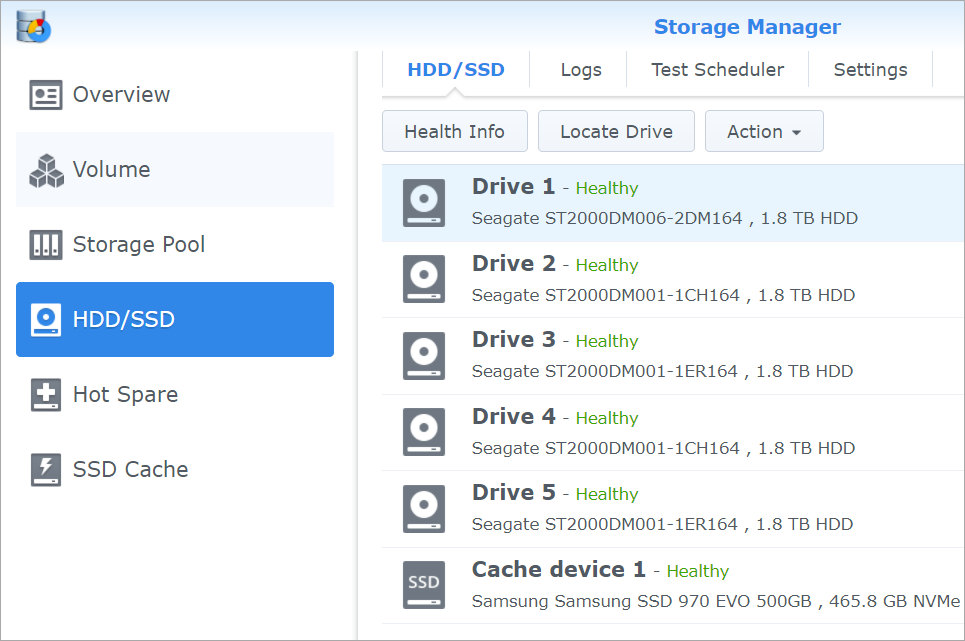
If you want, you can have up to 15 drives using two DX517 drive expanders up to 240TB, but with just 4 slots and large drives like Seagate Ironwolf drives in the 10TB to 18TB range, storage is really a non-issue. I use Seagate 2TB drives because they're plentiful and like $50. We treat it like a massive infinite local disk in the house that everyone can talk to. We named it SERVER, so it's just \\SERVsynoER for everyone.
The Synology OS software is deep and broad and runs entirely in your browser. You'll figure it out very quickly as it's all windows and wizards. I am a fan of the Cloud Sync feature that I use to backup my Google Drive, Dropbox, and One Drive. Again, this is a level of paranoia, but damned if I'm gonna get locked out of my own data.

The Synology HyperBackup goes in any direction using whatever cloud and whatever tools you are familiar with. You want Rsync? Cool. Want to backup to Azure or AWS? Cool.
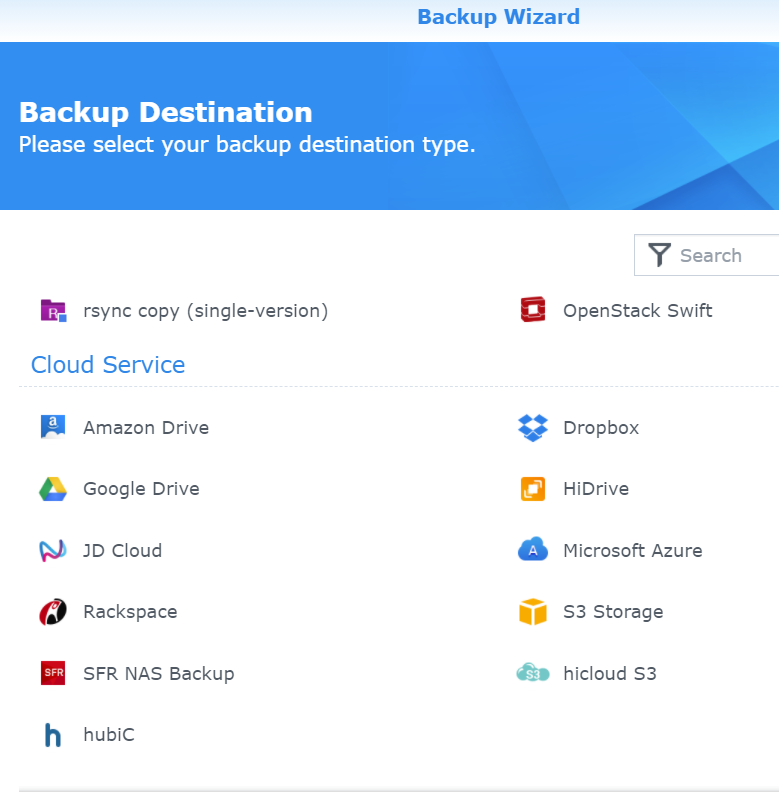
I was concerned that migrating would be hard or involved basically starting over from scratch, but since I was moving between two models in the same family (I was moving from a 1511+ to a 1520+, even 10 years later) It was literally just move the drives in order and boot up. Took 10 minutes. For movement between device families or to new drives there's at least three good options.
It was actually scarily simple, given there's ten years of history here. I moved the drives (maintaining order) and booted up the new 1520+ and was greeted with this screen:
I clicked Migrate twice and was all set.
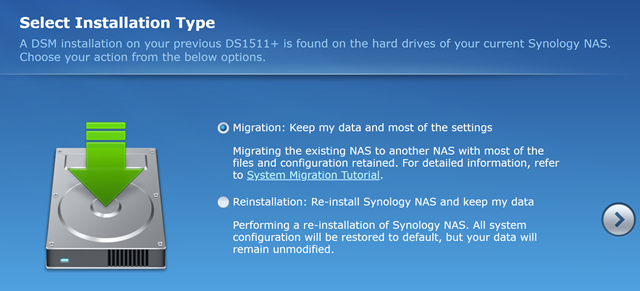
If you are migrating and upgrading, I'd be sure to read the section on HDD Migration and look closely at the table, considering your Source and Destination NAS models.
So far this new Synology is WAY snappier, runs Docker faster, can run Virtual Machines now (although in 8 gigs, only small utility ones), and the SSD cache has made browsing family photos whip fast. All in all, it feels like a 10 year refresh BUT it's the same size.
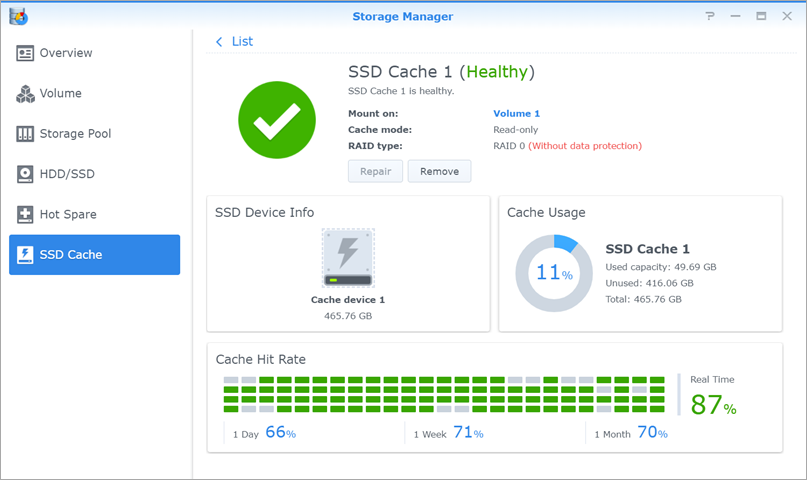
My home NAS is sitting quietly on a shelf in my office. The kids and spouse are having their PCs backed up in the background, family photos and DVD backups are all available easily (and there are Synology iPhone apps as well to view the files).
Synology devices specifically - and home NAS devices generally - are a great addition to techie homes. There's a bunch of 1st and 3rd party packages you can run on it to make it as much or little a part of your Home IT setup as you like. It can run DHCP and DNS, iTunes Servers, Mail, Chat Servers, or even their own web-based Office clients. Take a look at the Synology 1520+ if you're in the market for a home or business NAS. I'm looking forward to another 10 years with this NAS.
Sponsor: Suffering from a lack of clarity around software bugs? Give your customers the experience they deserve and expect with error monitoring from Raygun.com. Installs in minutes, try it today!
About Scott
Scott Hanselman is a former professor, former Chief Architect in finance, now speaker, consultant, father, diabetic, and Microsoft employee. He is a failed stand-up comic, a cornrower, and a book author.
About Newsletter
What’s the sync sequence (steps) of your backup strategy?
Things like
- which drives do you recommend,
- settings,
- should I be weary on noise? (how loud is it if I live in a small apartment and it would need to live in a common area like living room)
Thanks again for sharing your posts!
PS
When is the 2020 update for http://www.hanselman.com/tools/ will come out? I've always enjoyed those posts!
On Synology, 1 SSD drive means read-only, more than one needed for read-write. So it would have been interesting to get 2x250 GB SSD.
If a drive goes bad - which happens about every 2 to 3 years
This doesn't seem normal to me. What type of drives are you using? Special NAS drives, or your average desktop hard drive?
I'm have a volume where every drive is 5 years old, currently hitting 3+ years of continuous uptime in my DS414. In all that time I had one drive showing some bad sectors, but it's still usable.
How quietly, exactly - I would be sitting right next to mine, and have become accustomed to a quiet PC, so having a MAS "taxiing for take-off" would be sub-optimal
Was really impressed how easy it was to use Synology software to backup entire VMs from there and even use it to clone VMs by restoring as a new VM. (Cloning is not part of free version of vmware). Also was easy to backup Synology to Azure. [Note to self: must do another DR test, backup is only as good as the restore!!]
Also used as time machine backup for 3 Macs (in parallel with external hard disks for each Mac) and Cloud sync for data on iPhones and iPads.
Probably shouldn't say this, but the 4 WD red 3TB drives I have in Raid 5 have 52000 hours uptime with no errors in the S.M.A.R.T stats. Spare Hot disk is unused.
I'd really like to know what your iOS photo backup strategy is as well - since moving from Android that's been the hardest part to replicate for me.
I used to be able to run a sync that:
1. Moved all of the photos off my families phones into //server/photos
2. Create a folder structure yyyy/mm/dd and sort the photos.
It seems the limitations on background processing in iOS make syncing difficult and I found the DS Photo app limited due to that. Be interested other peoples experiences with this.
Rebuilding the RAID array is very intensive in I/O operations, and with hard drives of increasing size, the risk of a second drive failing during the rebuild is non negligible. So the articles said it would be preferable to start the rebuild manually, when you decide, after making sure, with the array in degraded mode, that everything that should be backed up is, etc.
I don’t have the articles in question at hand, but searching for “unrecoverable read error raid hot spare” should give you some good results.
information for me. And i'm glad studying your article.
However should observation on few common issues, The site taste is great,
the articles is in point of fact nice :D. Just right activity,
cheers.
web site conations truly nice funny information too.
This put up truly made my day. You can not consider just how so much time I
had spent for this info! Thank you!
I'm trying to get my blog to rank for some targeted keywords but I'm
not seeing very good success. If you know of any
please share. Kudos!
I'd like to ask if you do not mind. I was curious to find
out how you center yourself and clear your mind
before writing. I have had a tough time clearing my mind
in getting my thoughts out. I do take pleasure in writing but it just seems
like the first 10 to 15 minutes tend to be wasted just trying to figure out how to begin. Any suggestions
or hints? Thank you!
Comments are closed.
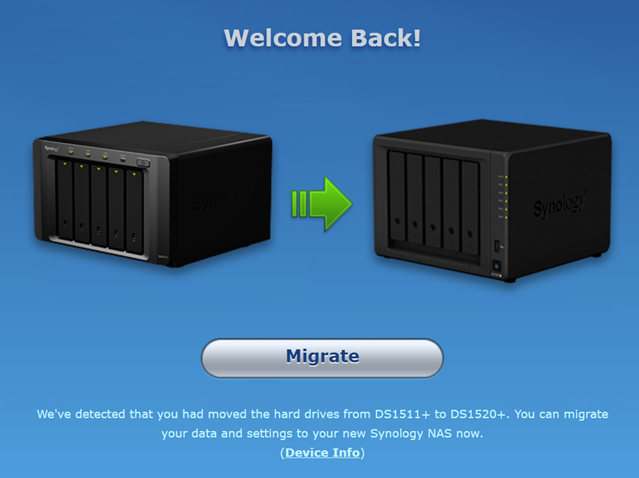

I chipped out Crash Plan when they stopped caring about individuals and haven't really found a good affordable replacement yet.